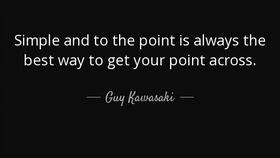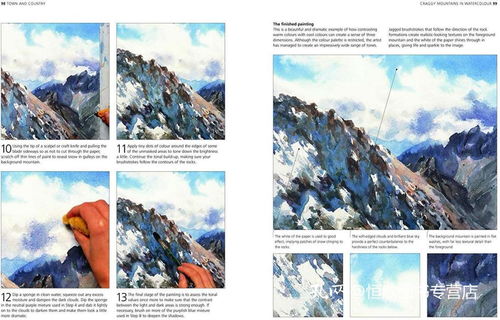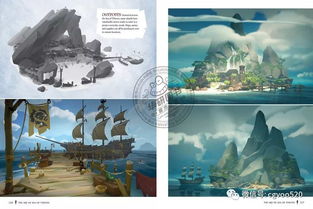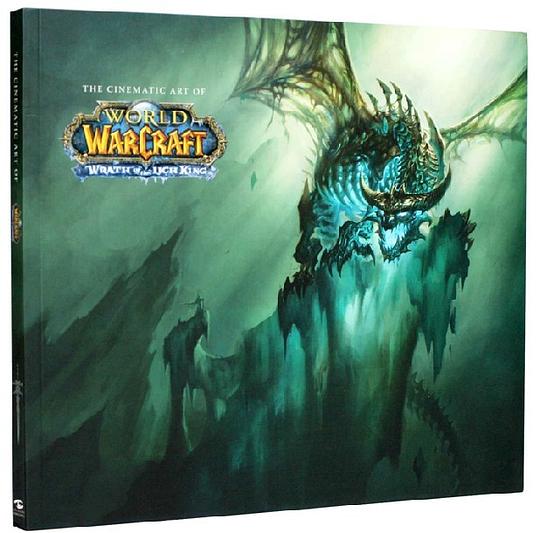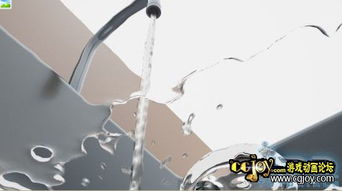The Art of Fishing: Deciphering Water Depth for Success
Fishing, an age-old pastime, requires a blend of patience, skill, and knowledge of the environment. One crucial aspect that often separates a good fisherman from an exceptional one is the ability to accurately gauge water depth. Understanding the depth of the water you are fishing in can significantly enhance your chances of a successful catch. In this article, we will delve into various techniques and methods to help you master the art of determining water depth like a seasoned angler.
Use of Depth Finders
The most straightforward and reliable method to measure water depth is by using a depth finder. This device uses sonar technology to send sound waves through the water and measure the time it takes for the waves to return after hitting the bottom. Modern depth finders are equipped with advanced features like temperature and pressure sensors, providing you with a comprehensive view of the underwater environment.
How to Use a Depth Finder:
- Turn on the Device: Before setting out, ensure your depth finder is fully charged and turned on.
- Calibrate the Device: Some depth finders require calibration based on the water's salinity and temperature. Follow the manufacturer's instructions for accurate readings.
- Deploy the Transducer: Place the transducer in the water, ensuring it is submerged and free from obstructions.
- Observe the Reading: The depth finder will display the water depth on its screen. Make a mental note of this information as you fish.
Visual Observation
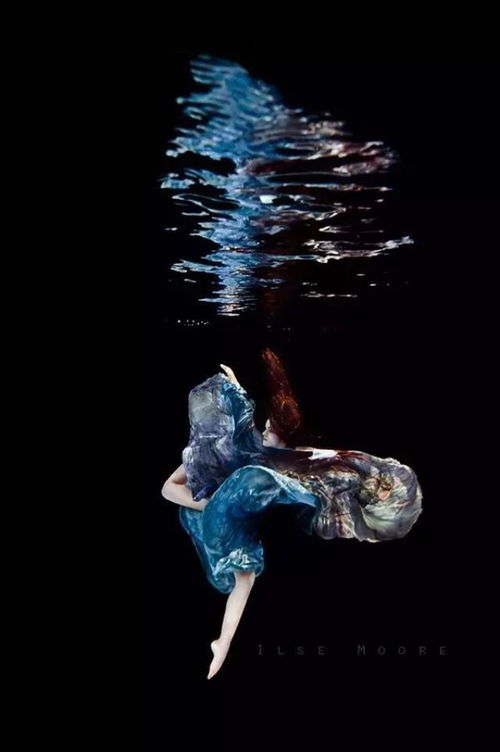
While not as precise as a depth finder, visual observation can still provide valuable insights into water depth. This method is particularly useful in clear water conditions where you can see the bottom.
How to Observe Water Depth Visually:
- Observe the Bottom: Look for changes in the bottom structure, such as rocks, sand, or weeds, which can indicate changes in depth.
- Use a Float: Attach a float to your line and let it sink to the bottom. Count the seconds it takes for the float to reach the bottom, then multiply by the length of your line to estimate the depth.
- Look for Fish Activity: Fish often congregate in specific depth ranges. Observe their behavior and use it as a guide to determine the most productive depths.
Topographical Maps
Topographical maps provide a detailed representation of underwater terrain, including contours and depth lines. These maps are invaluable for planning your fishing trips and understanding the layout of the body of water you are targeting.
How to Use Topographical Maps:
- Identify Contours: Contours on the map represent the depth of the water. The closer together the contours, the steeper the slope.
- Locate Depth Lines: Depth lines are specific points on the map that indicate the depth of the water. Use these lines to identify areas with varying depths.
- Plan Your Strategy: Use the information from the map to plan your fishing strategy, focusing on areas with the most promising depths.
Local Knowledge
Local anglers often have a wealth of knowledge about the bodies of water they fish. Don't hesitate to ask for advice from fellow anglers, as they may share valuable insights about water depth and the best spots to fish.
How to Utilize Local Knowledge:
- Ask Other Anglers: Chat with local anglers at the boat ramp or fishing pier. They can provide tips on water depth and the best fishing spots.
- Join Fishing Clubs: Many fishing clubs offer valuable resources and knowledge sharing among members.
- Participate in Fishing Tournaments: These events often provide opportunities to fish in new waters and learn from experienced anglers.
Practice and Experience
Lastly, no amount of knowledge or technology can replace experience. The more you fish, the better you will become at gauging water depth. Spend time on the water, experiment with different techniques, and learn from your successes and failures.
Conclusion
Determining water depth is a crucial skill for any angler looking to improve their fishing success. By utilizing depth finders, visual observation, topographical maps, local knowledge, and practice, you can become a master at deciphering the depths and catching more fish. So, grab your gear, hit the water, and start honing your skills today!

